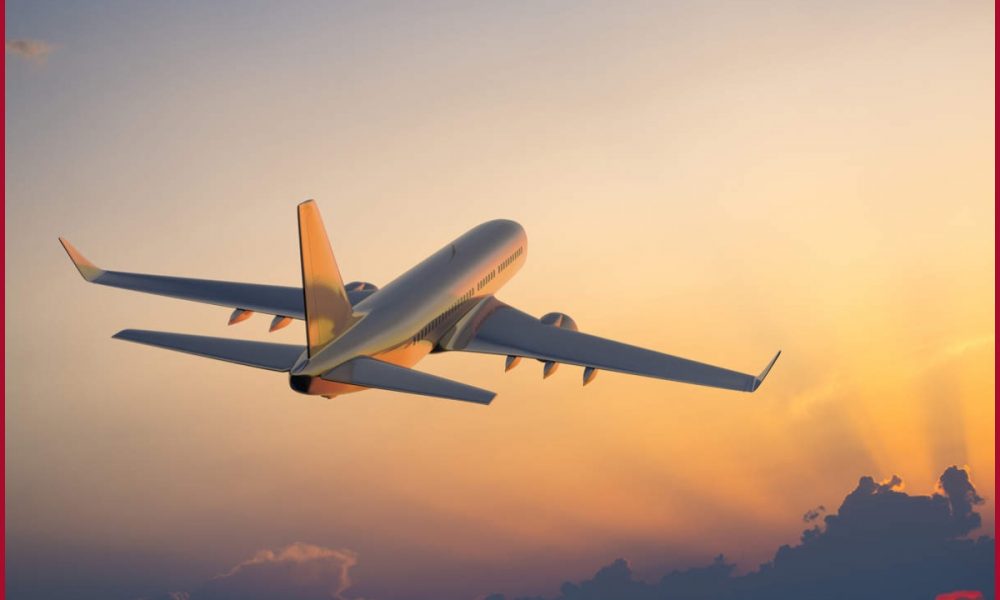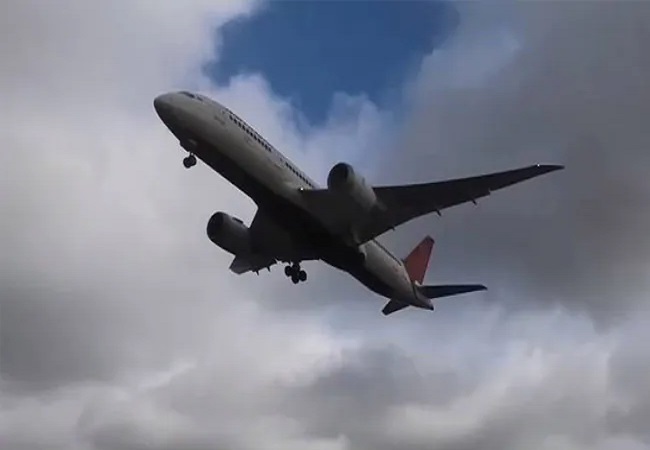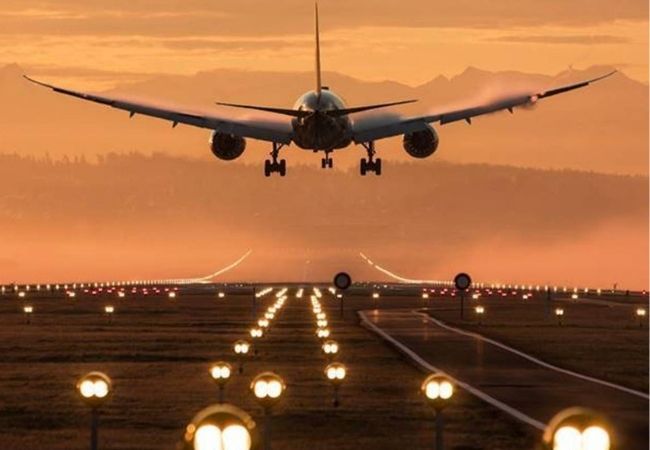
Singapore: Indian domestic air travel has significantly improved as it touched 85.7 per cent of pre-covid 2019 levels in the year 2022, according to the International Air Transport Association (IATA).
IATA announced earlier this month that the recovery in air travel continued in December, 2022 and was signed up for the whole year compared with 2021.
In India, with concerns of new COVID-19 outbreaks fading, airlines saw a significant improvement in domestic air travel as well as revenue.
India’s domestic RPKs (revenue passenger kilometres) rose 48.8 per cent last year compared with 2021, IATA said.
More significantly, December 2022 saw air traffic almost matching December 2019’s mark, falling shy by just 3.6 per cent.
In 2022, Indian domestic ASK (Available Seat Kilometres) rose 30.1 per cent compared with a year ago.
For the other Asia Pacific domestic markets, domestic traffic measured by RPK rebounded by 75.9 per cent in Japan compared with 2021 to achieve 74.1 per cent of 2019 levels.
December RPKs for the domestic market were 8.7 per cent under those of December 2019. Australia experienced a similar rebound, with RPKs recovering to 81.2 per cent of 2019 levels.

With China still very much under COVID-19 restrictions in 2022, it is therefore not surprising that in the middle kingdom which has 6.5 per cent of the world’s domestic passenger market, RPK and ASK fell 39.8 per cent and 35.2 per cent respectively compared with 2021.
Globally, total passenger traffic (domestic plus international) in 2022 climbed 64.4 per cent compared with a year ago with full-year global passenger traffic at 68.5 per cent of pre-pandemic levels.
In December 2022, total traffic increased by 39.7 per cent compared to the same month in 2021 to reach 76.9 per cent of December 2019’s level.
International air traffic in 2022 climbed 152.7 per cent versus 2021 to attain 62.2 per cent of 2019 levels. December 2022 international traffic soared 80.2 per cent compared with December 2021, reaching 75.1 per cent of the level in December 2019.
Singapore’s Changi Airport is a major beneficiary of the recovery in air travel with the country one of the first in Asia to reopen its borders to quarantine-free travel in April of 2022.
“In the past two years, we strengthened our airport offerings and continued to engage our airline partners in anticipation of travel revival. Changi Airport community’s efforts have paid off – the airport is now leading the Asia Pacific region in travel recovery.” Said Mr Lim Ching Kiat, Executive Vice President of Air Hub and Cargo Development, Changi Airport Group (CAG). “We look forward to welcoming more flights in the coming months.”
“Notwithstanding near-term challenges such as global economic uncertainty and inflationary pressures, we are confident that we will be able to progressively restore Changi Airport’s connectivity and traffic to pre-Covid levels.”
In 2022, Changi Airport welcomed eight new airlines. Of these, there are seven-passenger airlines – Aircalin, Bamboo Airways, Cambodia Airways, Citilink, HK Express, Thai Vietjet Air and T’way Air – and one freighter operator Atlas Air. Four new passenger city links were established last year. These were Jeju (South Korea), Noumea (New Caledonia), Pune (India) and Sibu (Malaysia).

As of the first week of January 2023, 96 airlines operate over 5,600 weekly scheduled flights at Changi, connecting Singapore to 143 cities in 48 countries and territories worldwide. This represents 82 per cent of the airport’s pre-COVID connectivity.
Changi handled 32.2 million passenger movements in 2022, reaching almost half of the traffic in 2019, the last full year before the onset of the COVID-19 pandemic. Aircraft movements, which include landings and take-offs, totalled 219,000 which was 57.2 per cent of 2019 levels.
As a sign of better things to come, in the first half of last year, it handled 9.89 million passengers while in the second half, which was when Asian borders started reopening, that jumped to 22.3 million at a monthly average of 3.72 million passengers. Changi handled a monthly average of 5.69 million passengers in 2019.
In December 2022, the airport handled 4.62 million passengers and 25,400 aircraft movements, compared to 6.41 million and 33,300, respectively, in 2019, putting its December recovery at 72 per cent.
Changi Airport’s top five passenger markets for the year were, in order, Australia, Malaysia, Indonesia, India and Thailand. Similar to 2019, Kuala Lumpur, Bangkok and Jakarta were Changi Airport’s three busiest routes in 2022. The Singapore-Kuala Lumpur route is currently the world’s busiest international route based on seat capacity.
With international hubs like Changi rebounding rapidly, IATA predicts a return to profitability for the global airline industry in 2023 as airlines continue to cut losses stemming from the effects of the COVID-19 pandemic on their business in 2022.
In 2023, airlines are expected to post a small net profit of USD 4.7 billion. It will be the first profit since 2019 when industry net profits were USD 26.4 billion. Airlines lost an estimated USD6.9 billion in 2022, USD42 billion in 2021 and USD137.7 billion in 2020.
“The industry left 2022 in far stronger shape than it entered, as most governments lifted COVID-19 travel restrictions during the year and people took advantage of the restoration of their freedom to travel. This momentum is expected to continue in the New Year, despite some governments’ over-reactions to China’s re-opening,” said Willie Walsh, IATA’s Director General.
“Let us hope that 2022 becomes known as the year in which governments locked away forever the regulatory shackles that kept their citizens earthbound for so long. It is vital that governments learn the lesson that travel restrictions and border closures have a little positive impact in terms of slowing the spread of infectious diseases in our globally interconnected world. However, they have an enormous negative impact on people’s lives and livelihoods, as well as on the global economy that depends on the unfettered movement of people and goods.”




